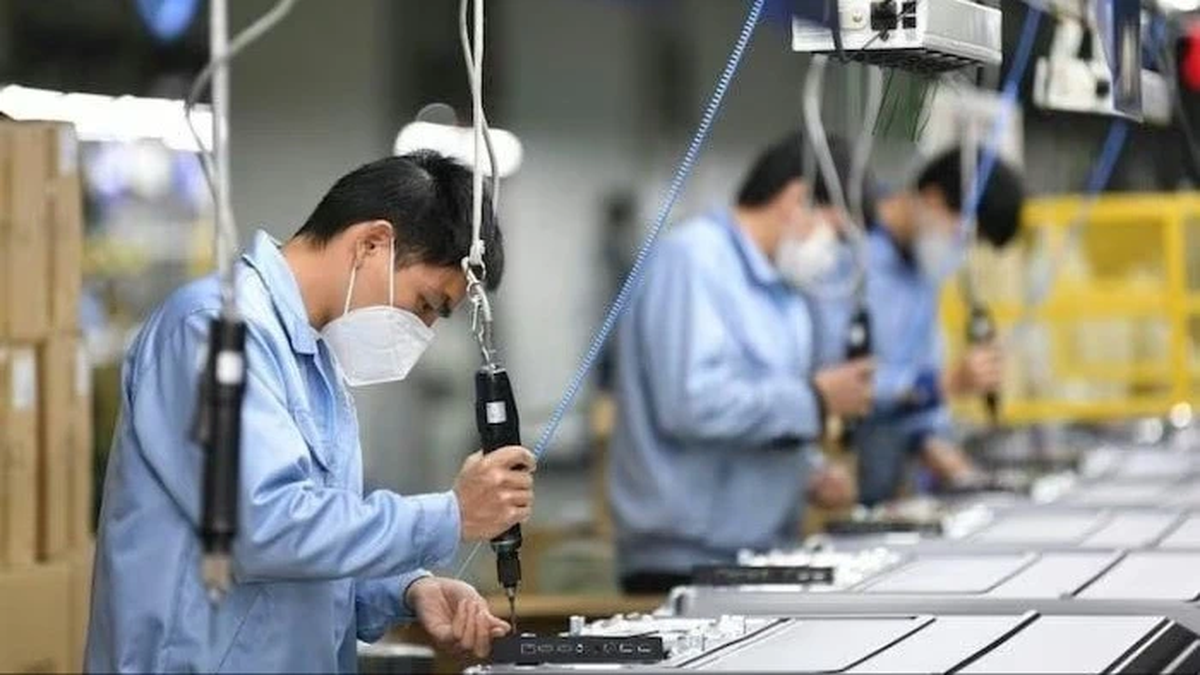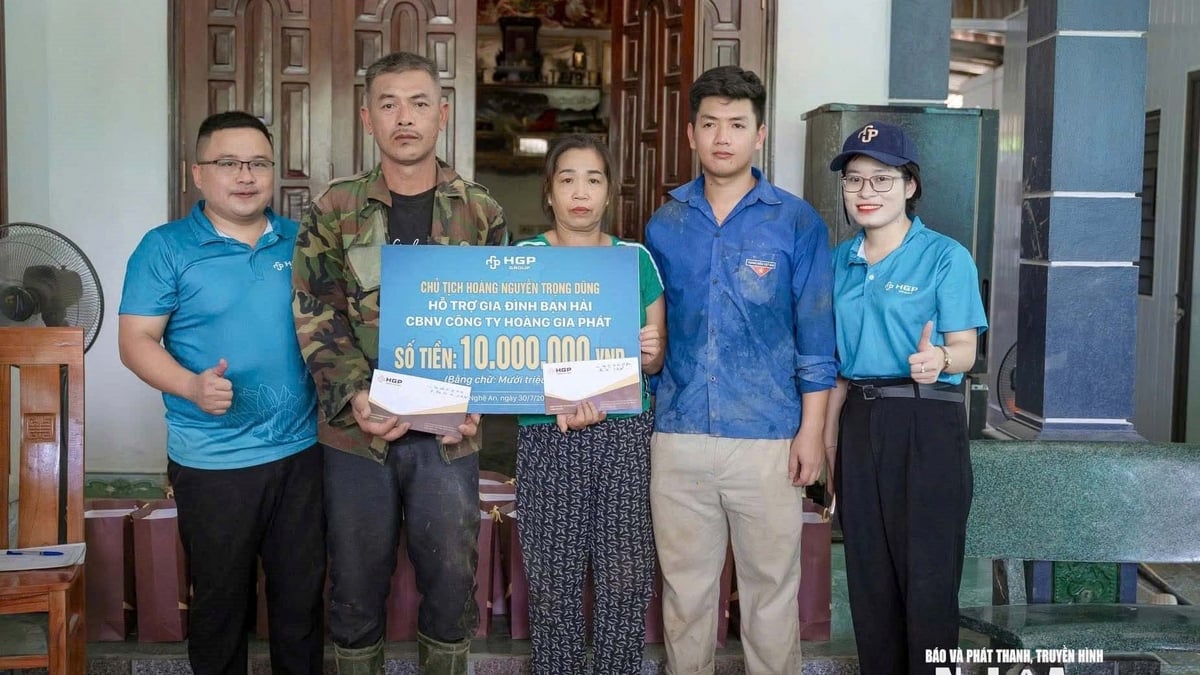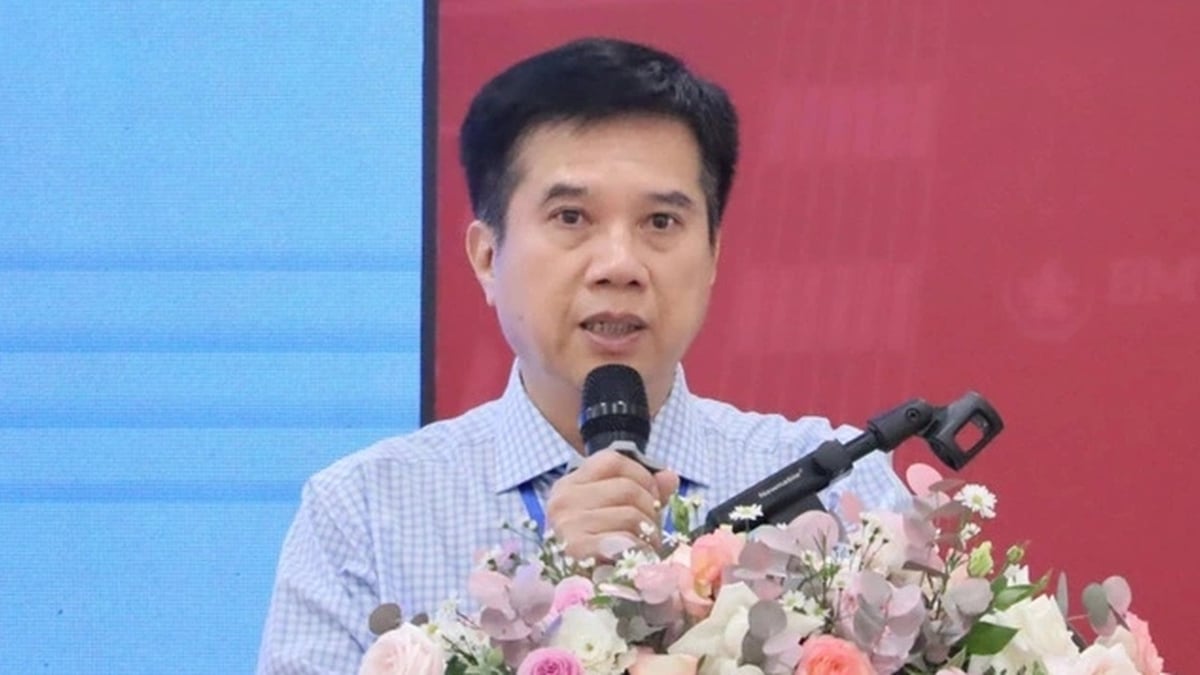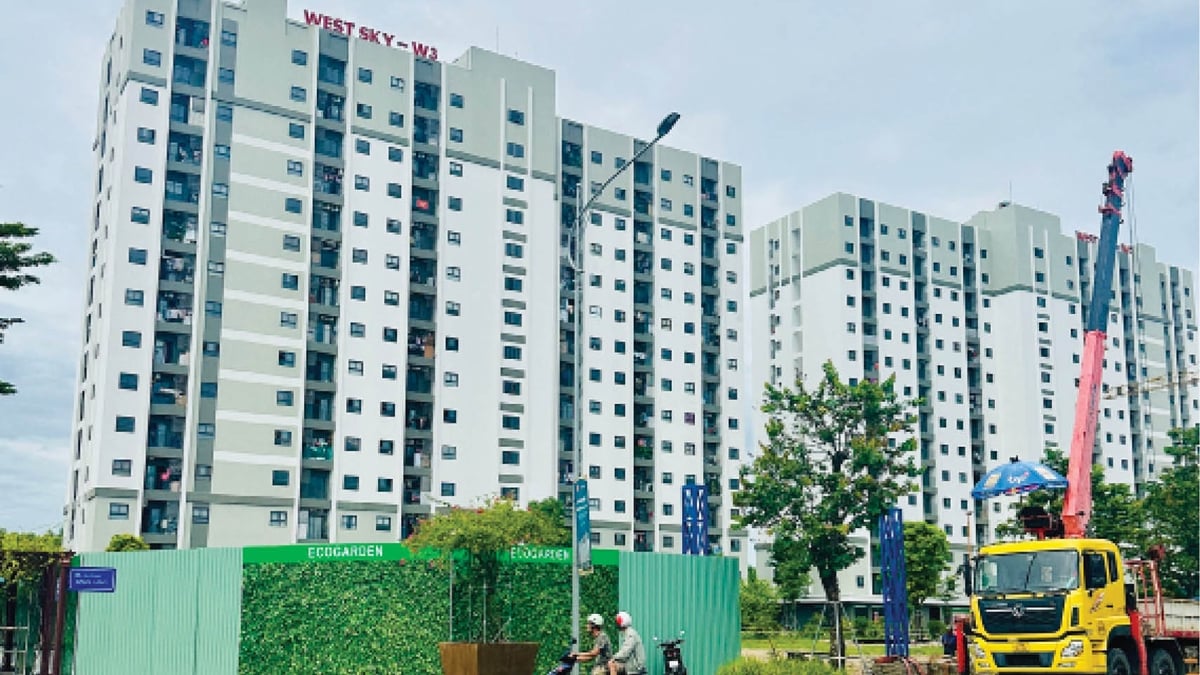Vietnam’s emerging economy is not a miracle. It is a reality. When it is a reality, it is easy to see the benefits of advantage and the risks of disadvantage. Like all self-reliant economies, Vietnam faces a new set of challenges: climate change, geopolitical conflicts, pandemics and global supply chain disruptions.
 |
| While global trade has yet to recover, Vietnam starts the second half of 2023 with signs of stability in the foreign trade sector - Illustration photo |
Old formula, new success: Prioritizing exports
The successful containment of the pandemic has allowed Vietnam to quickly reopen for business and is now expected to be an economy that maintains a growth rate of over 6% in 2023. The reason for this success is the confidence and proactive application of creative trade opening policies with the outside, starting from a small economy that suffered too much damage due to war.
In fact, this breakthrough for our economy has been in the making for a long time. After World War II, the “Asian miracles” – first Japan, then Taiwan (China) and South Korea, and most recently China – lifted themselves out of poverty by opening up to trade and investment and becoming manufacturing export powerhouses. Vietnam is no exception.
In economics, it is almost a formula. But we have a way of applying the formula in the Vietnamese style because we simply know who we are: Vietnam is a small and poor country, suffering the heavy consequences of war and the limitations of the subsidy period, has made its own choices, and is becoming an emerging economy, daring to fail to succeed. Dr. Ruchir Sharma, chief global strategist at Morgan Stanley, once commented: "With the old formula, Vietnam has successfully built a new reality".
Although exports slowed down in 2023 due to a decline in global demand, export value increased again in the final months of the year. Economic growth is better month after month, solid. On August 2, 2023, HSBC Bank published a report with the theme "Precious stability" showing that while global trade flows have yet to show a clear recovery, Vietnam started the second half of 2023 with signs of stability in foreign trade sectors.
While major export items, including textiles, footwear and phones, continued to suffer double-digit declines, shipments of computers and electronic components unexpectedly offset some of the difficulties, surging 32% year-on-year.
 |
| The North-South Eastern Expressway with a total length of 2,063 km from Huu Nghi Border Gate - Lang Son to Ca Mau passing through 32 provinces and cities when completed is expected to create a breakthrough momentum, promoting the potential and advantages of Vietnam's provinces and cities - Photo: VGP |
Top-notch infrastructure
We have devoted a lot of resources to exports, especially infrastructure and education and training. We have built roads and ports to bring goods abroad and built schools to train workers.
The government invests about 8% of GDP each year in new construction projects and now ranks higher for infrastructure quality than any country at a similar stage of development.
By 2022, infrastructure spending will reach 6% of GDP. This figure represents a significant increase compared to the 2.6% of GDP spent on infrastructure in 2016. According to the Global Infrastructure Center, Vietnam needs an average of 25-30 billion USD per year for infrastructure if it wants to ensure economic growth, however, the national budget only allows 15-18 billion USD. That is also a beautiful "space" for large foreign investment projects in the near future.
 |
| At the G7 Summit held in Japan on May 20, the Prime Minister affirmed his determination to achieve the goal of zero net emissions by 2050, although Vietnam is still a developing country. In the photo is the Sunpro wind power project in Binh Dai district, Ben Tre province - Photo: VGP |
Digital and green
A 2018 report by Google and Singaporean investment firm Temasek, cited by CNN, described Vietnam's digital economy - which is growing more than 40% annually - as "a dragon being unleashed".
After 8 years, Samsung's investment rate in Vietnam increased more than 20 times, employing up to 157,000 workers. Among them, a very important project is the new Research and Development Center in Vietnam (R&D) in Hanoi, employing more than 2,000 Vietnamese software engineers.
As of this writing, at the end of August 2023, South Korea's investment in Vietnam has jumped to number 1. The digital economy and chip technology require economies to interdependence with each other to develop together. While 70% of the chip industry is designed in the US, the packaging is done in Taiwan (China), South Africa and soon Vietnam. The "muscle" of chip technology will not reduce but increase the internal strength of the Vietnamese economy.
Even energy-intensive export industries are encouraged to transform. For example, Vietnam's textile and garment industry ranks third in the world in terms of export value (after China and Bangladesh). But this is an industry that causes many negative impacts on the environment. According to statistics, each year, this industry uses up to 90 billion m3 of water, and "contributes" up to 10% of total global carbon emissions.
Hong Kong textile manufacturer Royal Spirit Group built the Deutsche BekleidungsWerke factory in the suburbs of Ho Chi Minh City in 2016. "We decided to be a pioneer in implementing sustainable development goals," said Hans Barkell-Schmitz, who is responsible for the project. Barkell Schmitz believes that reducing energy consumption is of utmost importance. The factory is operated on renewable energy sources, including bioenergy and solar energy. He hopes the factory will inspire other factories to make the most of the green and clean transformation of the Vietnamese Government.
Vietnam's roadmap for building a green economy has also attracted wind power projects worth tens of billions of dollars. Ørsted - the world's leading sustainable energy group - has officially signed a memorandum of understanding (MoU) with a domestic group on strategic cooperation in the field of offshore wind power in Vietnam. According to this commitment, Ørsted will deploy offshore wind power projects in Binh Thuan and Ninh Thuan, with a total estimated installed capacity of nearly 10 GW and a total investment value of about 30 billion USD (expected to be divided into investment phases over a period of 20 years).
Recently, Norway's Equinor Group also said that it wants to invest and develop offshore wind power in Vietnam because it believes this is a promising market. Meanwhile, the US's UPC Group also invests in wind power projects (onshore, nearshore), solar power in the provinces of Ninh Thuan, Dak Nong, Soc Trang, Ben Tre, Bac Lieu, with a total estimated capacity of nearly 1,500 MW, and a total investment of about 2.5 billion USD.
We still have a lot of room for wind power and other renewable energy sources. This is the image of a future reality of Vietnam's self-sufficient, green and clean economy.
 |
| Sumsung started investing in Vietnam in 2008 with 670 million USD. After 15 years, the investment capital increased about 30 times to nearly 20 billion USD. The number of employees is nearly 100,000 people - Photo: Sumsung |
Foreign capital
According to HSBC experts, despite the ongoing external challenges, Vietnam's FDI outlook remains intact. FDI capital reached 3% of GDP in the second quarter of 2023, on par with 2022. Although the growth rate has slowed compared to the peak of more than 7% in 2017, the tightening global monetary conditions in recent years partly explain this deceleration.
Over the past five years, foreign direct investment has averaged more than 6% of GDP in Vietnam, the highest rate of any emerging country. Much of it has gone to building manufacturing plants and related infrastructure, and most of it now comes from Asian countries, including South Korea, Japan and China.
In an era of protectionism, Vietnam has also made breakthroughs by signing more than a dozen free trade agreements (FTAs) - including a landmark agreement recently signed with the European Union. And it is a responsible member of the CPTPP and RCEP.
Mr. Luong Van Tu, former Deputy Minister of Trade and Head of the Vietnam Negotiation Delegation to Join the World Trade Organization (WTO), said: "In my opinion, the new FTAs have significantly contributed to export growth and investment attraction. However, due to the high inflation of the EU, the US and the economic downturn of the EU, the US and China, and the conflict between Russia and Ukraine, Vietnam's exports have also been affected and decreased compared to last year."
As one of the negotiation experts, Mr. Tu believes that taking advantage of foreign capital and technology is necessary, but if domestic enterprises do not develop themselves to take on the role of economic pillars, ensuring sustainable economic development, then once the advantages of low labor and taxes are gone, profits decrease, FDI enterprises will look for places with high profits to invest.
In any case, one undeniable fact is: From an isolated country with a fragmented and unstable economy, Vietnam has truly integrated into the global economy, with all its inherent caution and confidence in achieving efficiency.
In particular, the Vietnamese economy, contrary to concerns - mostly from domestic observers - about the autonomy and independence of the economy, has in fact "stood firmly on its own two feet". Those "feet" can be likened to autonomy - self-reliance and global integration. If one of the two legs is weak, our economy will become unsteady. In times of crisis, the autonomy of the economy always plays an important role and becomes the pillar for the entire economy.
Right direction
In 2022, Bloomberg magazine commented: "Vietnam must boost labor productivity by more than 50% to maintain healthy growth. Only a thriving private sector can do that." Emphasizing the role of the private sector in increasing productivity is another side of the concern about tightening when making decisions about building a self-reliant economy.
In fact, the term "economic autonomy" means the power of national governments to make independent decisions. In addition, the transparency of the legal system on foreign investment and foreign trade, taxes, etc. also shows the economic autonomy and independence of the country. People also use the term "economic patriotism" to call for building an independent and self-reliant economy, while promoting the attraction of foreign investment and exports. The people are rich, the country is strong, that is what is meant.
It is no coincidence that on May 14, 2022, Prime Minister Pham Minh Chinh chose Harvard University, USA to emphasize the strategy and plan to build a dual economy: self-reliance, independence and deep integration.
Because, according to him, a self-reliant, self-reliant and globally integrated economy cannot be built on an outdated educational foundation.
In this sense, the Vietnamese economy is on the right track.
According to baochinhphu.vn
.
Source


































































































Comment (0)